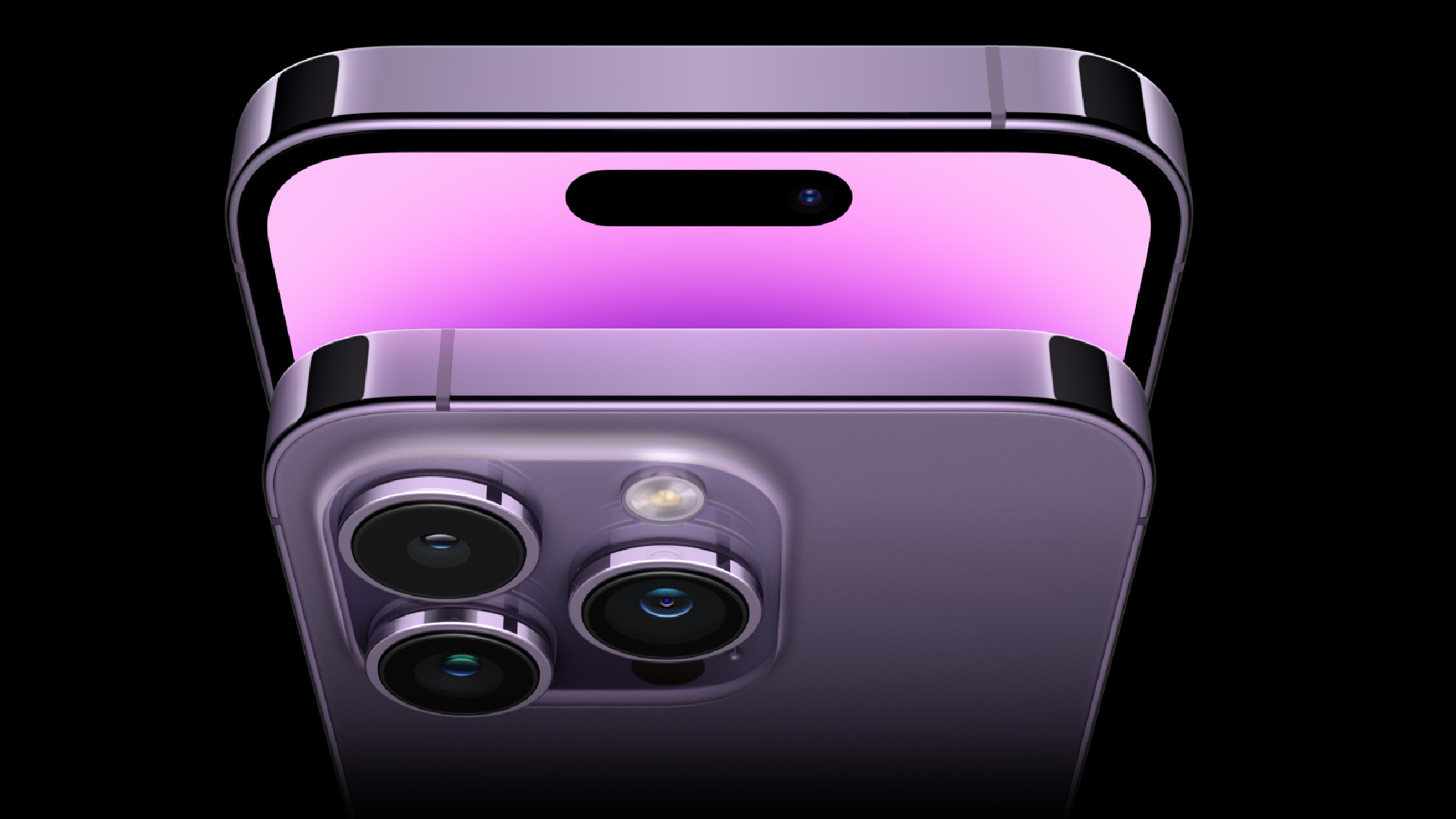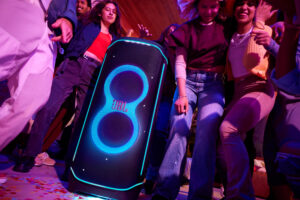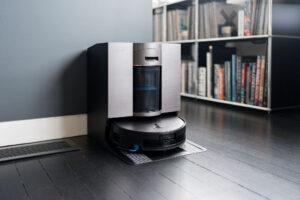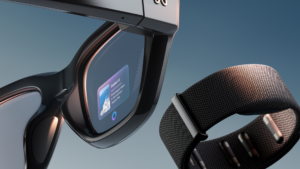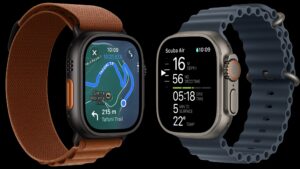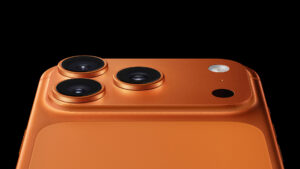Has Apple outdone itself with the iPhone 14 Pro? In many ways, yes, but in many others ways, the biggest tech company in the world has also fallen short when it comes to value. The iPhone 14 Pro is not a value proposition. It’s an expensive iterative upgrade from last year’s Pro model that introduces some cool new ideas (like Dynamic Island) and finally catches up to Android on a few others (high megapixel camera, Always-On display). There’s not much more than that, as I imply many times below in this iPhone 14 Pro review.
This is, however, the best phone Apple has made to date. And the best looking. If you’re coming from an iPhone X then this is definitely worth the upgrade. If you’re coming from something like the iPhone 13 Pro, you might want to wait until Apple plays around with these new ideas a bit more (and makes the overdue move to USB-C).
iPhone 14 Pro Review Summary

Based on four days of using the iPhone 14 Pro quite intensively, I do not think it’s worth upgrading the new iPhone if you’ve already got the iPhone 13 Pro or even the iPhone 12 Pro. But that depends on what you need it for. This is undoubtedly the best phone Apple has made to date, with the exception of a disappointing battery life that actually falls a bit behind its predecessor.
That’s the long-short of it. There are some very impressive things about the Pro models this year, including the Dynamic Island and Always-On Display combined with the Apple Silicon A16 Bionic chipset. The best of all is that the camera system benefits massively from the 48MP shooter so content creators will love both the photo and video capabilities of the iPhone.
But if you’re the average user. You might want to stick with what you’ve got, or at least settle for the iPhone 14.
RELATED: The Best Gifts For Men, Period
iPhone 14 Price In Australia & iPhone 14 Colours
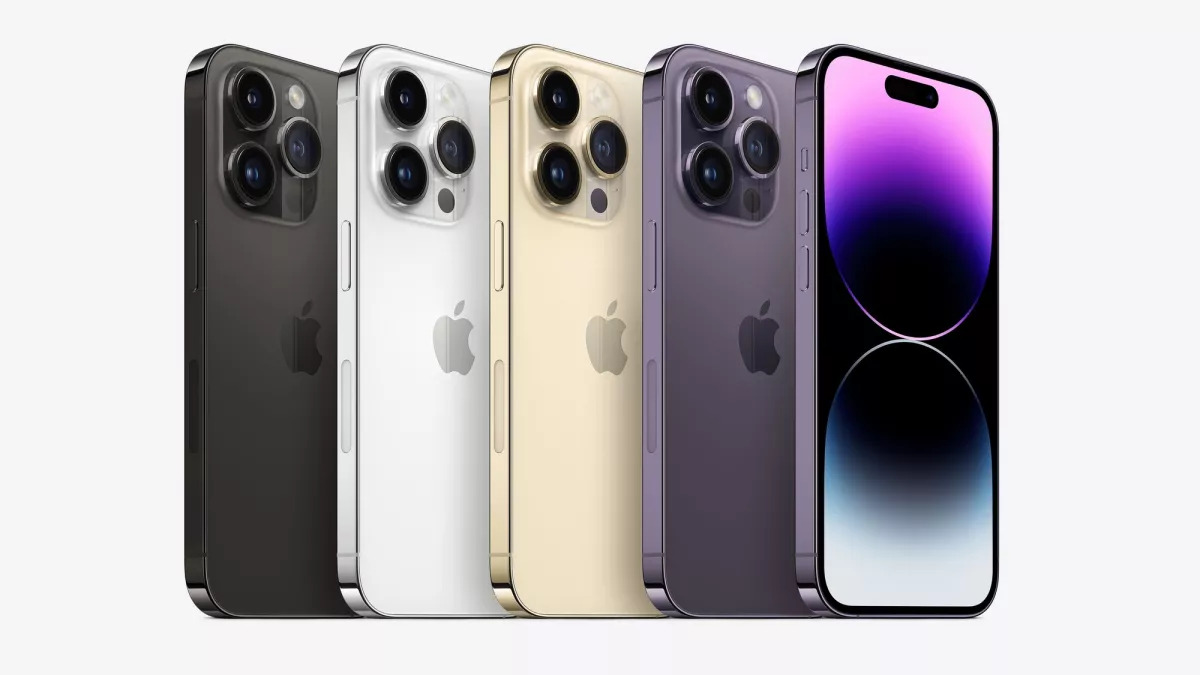
The most affordable new iPhone 14 will go on sale in Australia for $1,399. That represents a bit of a price hike over the iPhone 13, which started at $1,349 on launch.
Here’s a quick price breakdown of all the new iPhone models based on storage capacity, including the most expensive 1TB iPhone 14 Pro Max which will be priced at $2,769 in Australia.
iPhone 14 Price
- iPhone 14 128GB – $1,399
- iPhone 14 265GB – $1,579
- iPhone 14 512GB – $1,899
iPhone 14 Plus Price
- iPhone 14 Plus 128GB – $1,579
- iPhone 14 Plus 256GB – $1,749
- iPhone 14 Plus 512GB – $2,099
iPhone 14 Pro Price
- iPhone 14 Pro 128GB – $1,749
- iPhone 14 Pro 256GB – $1,899
- iPhone 14 Pro 512GB – $2,249
- iPhone 14 Pro 1TB – $2,599
iPhone 14 Pro Max Price
- iPhone 14 Pro Max 128GB – $1,899
- iPhone 14 Pro Max 256GB – $2,099
- iPhone 14 Pro Max 512GB – $2,419
- iPhone 14 Pro Max 1TB – $2,769
iPhone 14 and iPhone 14 Plus colours: Midnight black, starlight white, blue, purple, product red.
iPhone 14 Pro and iPhone 14 Pro Max colours: Space black, silver, gold, deep purple, product red.
iPhone 14 Pro Review – Table Of Contents
- Design
- Performance
- Cameras
- Verdict
- iPhone 14 Pro vs iPhone 14 Pro Max: Main Differences
- Frequently Asked Questions
iPhone 14 Pro Review
iPhone 14 Pro Design
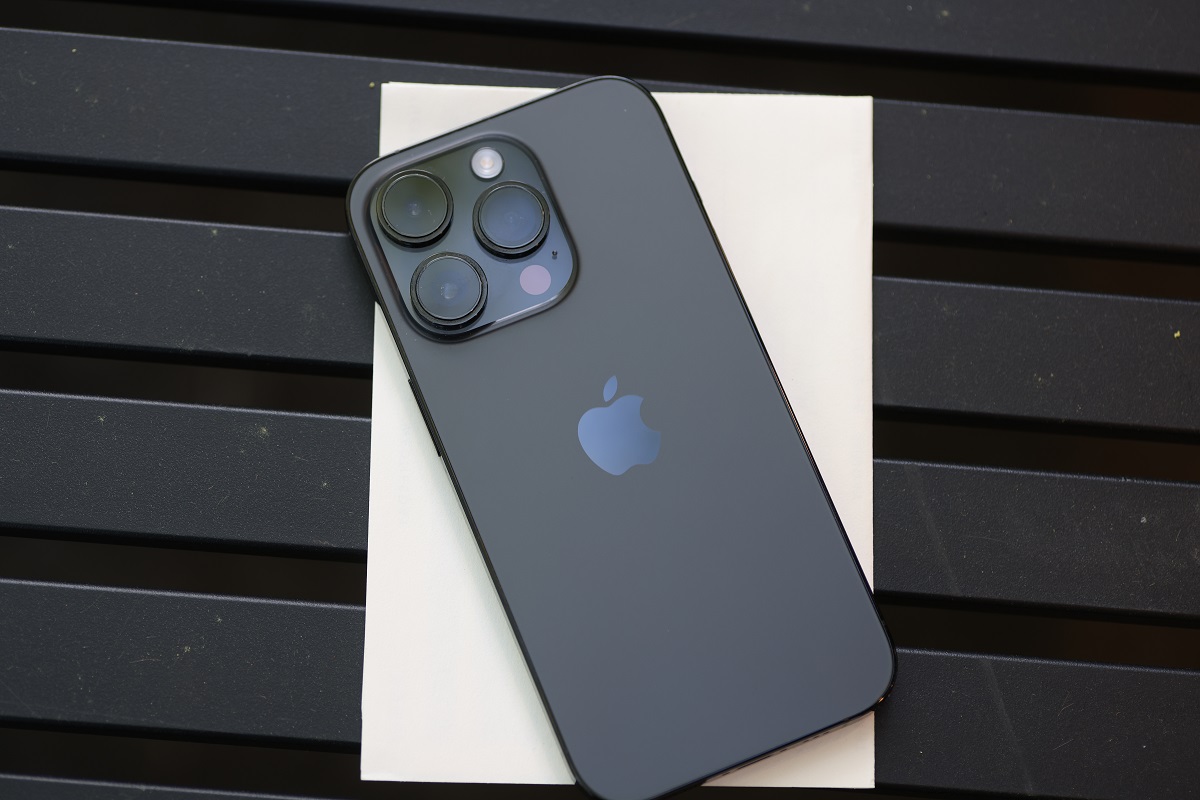
- 6.1-inch Super Retina XDR display with 1-120Hz Adaptive Refresh Rate
- Always-On display.
- Gorilla Glass back and front, with front also having Ceramic Shield protection.
- IP68 water and dust resistance.
- Dual SIM – Nano-sim and eSim (in Australia).
- Dynamic Island notch.
The Best Display Yet
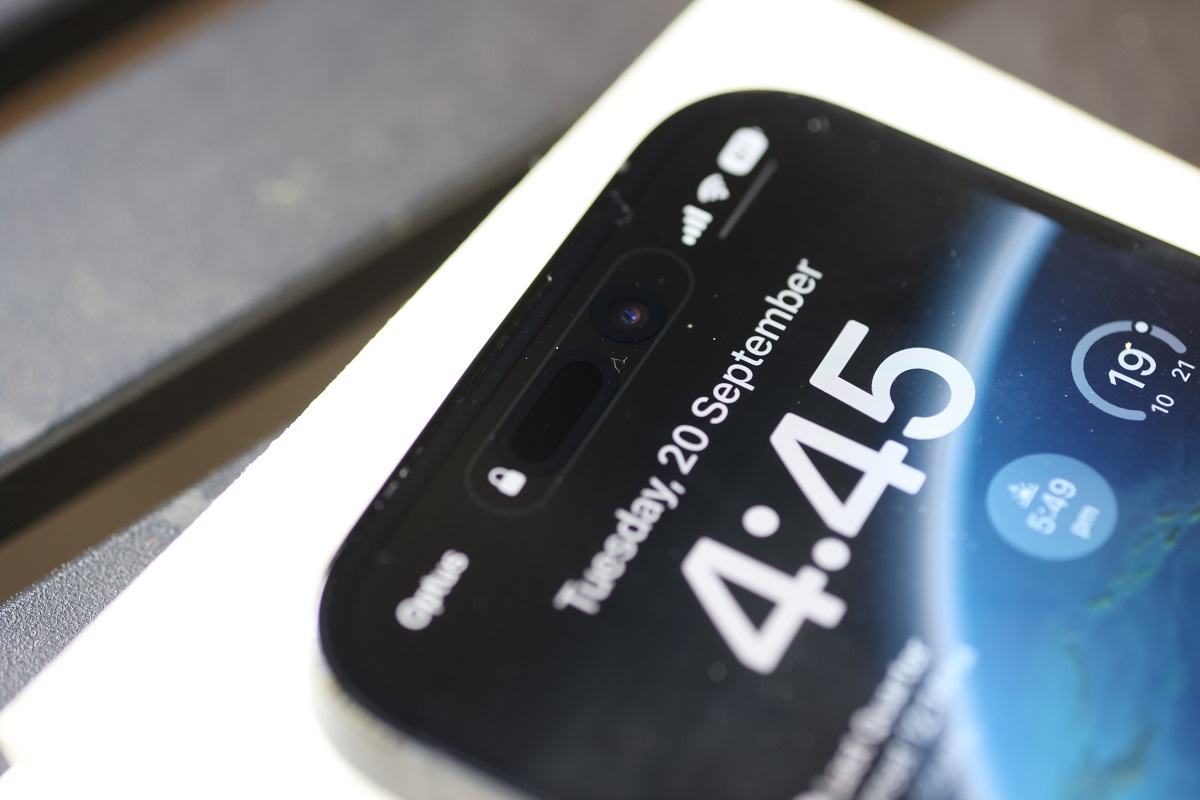
The first thing you’d notice about the iPhone 14 Pro is that it doesn’t look all that different from the iPhone 13 Pro. In fact, nothing much has changed at all. The sensors on the back are slightly bigger, and the Dynamic Island notch at the front obviously switches up the look to help make the display cleaner, but that’s about it.
Bad thing? Not necessarily. When it was released in September last year, the iPhone 13 Pro instantly got over as the most attractive smartphone out there. It’s stylish, fits snugly in the pocket and has a seamless stainless steel frame that curves around the phone perfectly. It was sexy. A lot of phones aren’t sexy. Therefore there’s little to complain about the overall design here.
The 6.1-inch Super Retina XDR display now benefits from a substantial uptick in brightness. The Pro is rated to hit a 2,000-nit peak outdoor brightness which helps with colour reproduction and legibility on the go. It doesn’t sound like a big deal for many people, but step back a few generations and you can certainly notice the difference.
Apple has produced what I feel is its best display to date. There’s little doubt Samsung will trump this when the Galaxy S23 launches in Australia early next year, but for now Apple deserves a bit of applause here. It’s the best panel on a smartphone out right now – that’s mostly credited to the refined brightness and the Apple Bionic 16 chipset.
A Bit About The Dynamic Island Notch
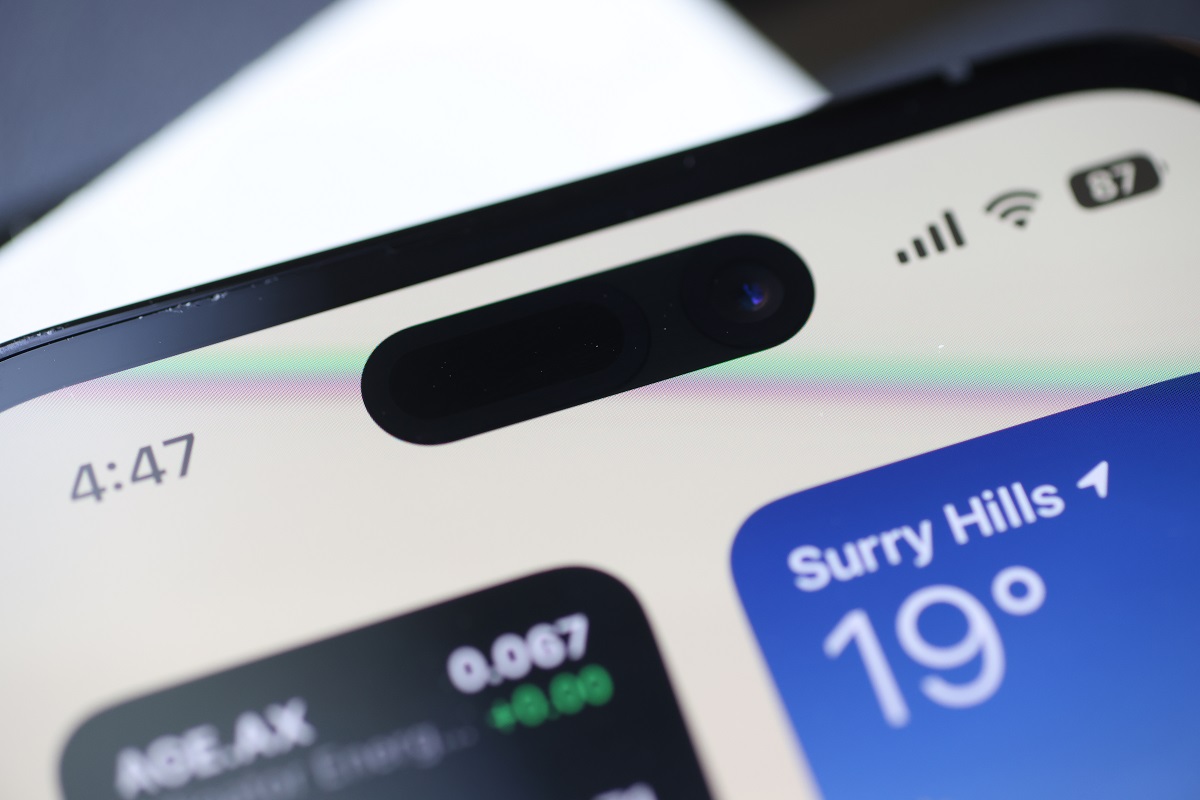
The Dynamic Island notch is the primary change for the Pro models, at least when it comes to aesthetics. After spending a few days using the iPhone 14 Pro as my daily driver, I’ve not found it anything more than a decorative upgrade. The “dynamic” part is certainly cool – the notch changes shape intuitively as a function of what you’re doing and what apps you have open. Call coming through? Answer it from the notch. Listening to music? You’ll see it represented in the notch and you can tap it to quickly bring up Spotify.
But that functionality isn’t make-or-break for those looking to upgrade from a 12 Pro or a 13 Pro. It’s not even valuable enough to choose the Pro over the standard iPhone 14.
The real value of Dynamic Island lies in the fact that Apple has finally found a way to incorporate the notch into the display more seamlessly, rather than have it black out a large part of the screen looking like an unwelcome strip of nothingness. It makes the display much more attractive to look at and pays dividends when you’re watching content. I have the Apple iPhone 14 Pro sitting next to me right now and just looking at it is more satisfying now that the notoriously garish notch is à la poubelle and the display is always-on.
A Bit About Always-On
Always-On is something Android has benefitted from in years and it’s nice of Apple to finally get up to speed with the feature. Only available for the Pro models, the feature means the lock screen stays on so you can see the time, notifications and whatever else you customise for your own lock screen (a handy feature of iOS 16) just be looking at your phone. No reaching down and tapping the power button or raising the phone to ‘wake’ it anymore.
Battery drain is possible, but the display’s 1-120Hz ProMotion display dips it to the bare minimum in order to keep the display on. With the A16 Bionic chip reportedly working harder to conserve battery wherever possible, having Always-On isn’t a concern. And if you don’t like it, you can just turn it off in the settings.
The iPhone 14 Pro (and iPhone 14 Pro Max) is also smart enough to know when it’s not in use and Always-On isn’t needed. So slip this into a backpack and the display will turn off as normal.
Welcome feature? You betcha. I started off as an Apple user, then switch to Google Pixel for a few years and have only recently come back into the fold when I picked up an iPhone 13 Pro. Having Always-On is a small gesture, but it’s something Apple loyalists will quickly come to love.
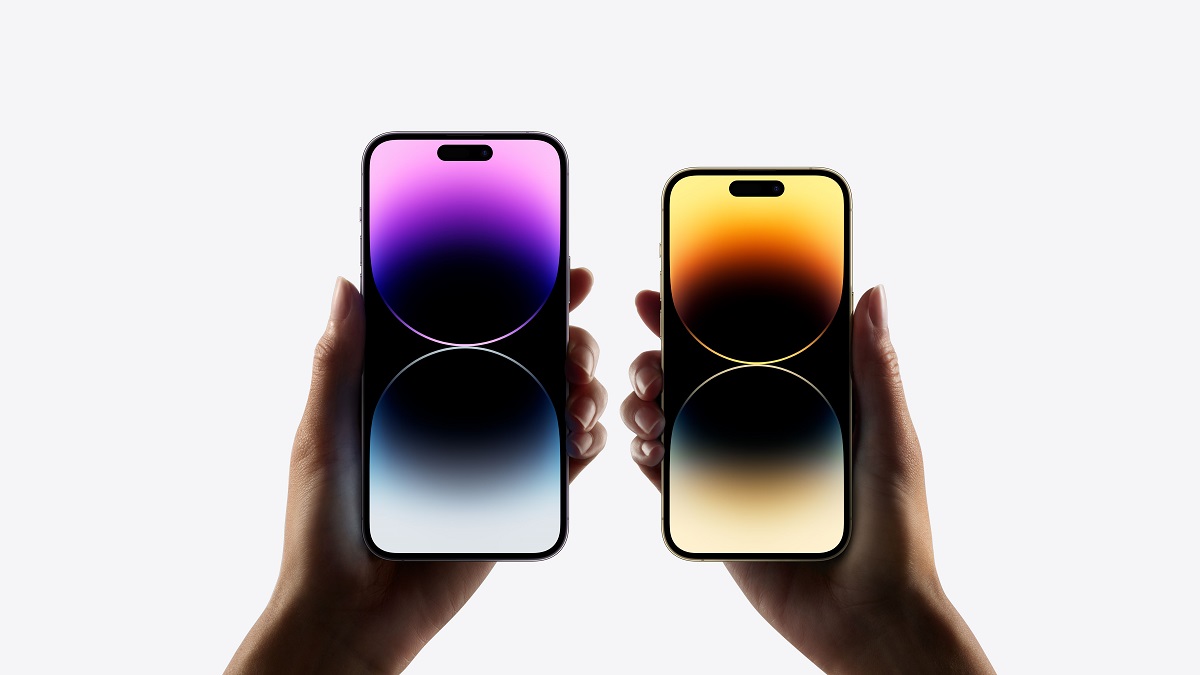
What’s Going On With The SIM?
“Apple is getting rid of the SIM tray!”
That was the main complaint in the aftermath of the iPhone 14 launch event, which was held at the Steve Jobs Theatre, Apple Park in Cupertino, California. First Apple nixed the headphone jack, now they were swinging for the physical SIM.
I had my concerns too when I wrote up the iPhone 14 announcement. I’d never bothered with eSIM even though it’s undeniably more convenient. Get a carrier to send you a QR code, scan it and you’ve got yourself a brand new network. Being unfamiliar with it, I had no idea whether or not it’d make travel harder.
It doesn’t. It makes travel easier. I’m about to head overseas and last night I bought an eSIM from an overseas provider. They e-mailed me a QR Code and all I’ll need to do is scan it and do a few things in settings. It beats arriving at the airport and wasting precious time buying a physical SIM (because roaming is still a terrible option).
As with all progressive movements in tech (eSIM reduces plastics as well), the shift happens slowly. eSIM has been around for a few years now but not many people have bothered being early adopters. Apple is forcing that movement and I think people will be happier about it.
That being said, Australian Apple users aren’t being forced to adapt like their US counterparts are. Because eSIM isn’t nearly as widespread here yet, any iPhone 14 sold in Australia will have a hybrid where you can use one Nano SIM and one eSIM.
iPhone 14 Pro Performance
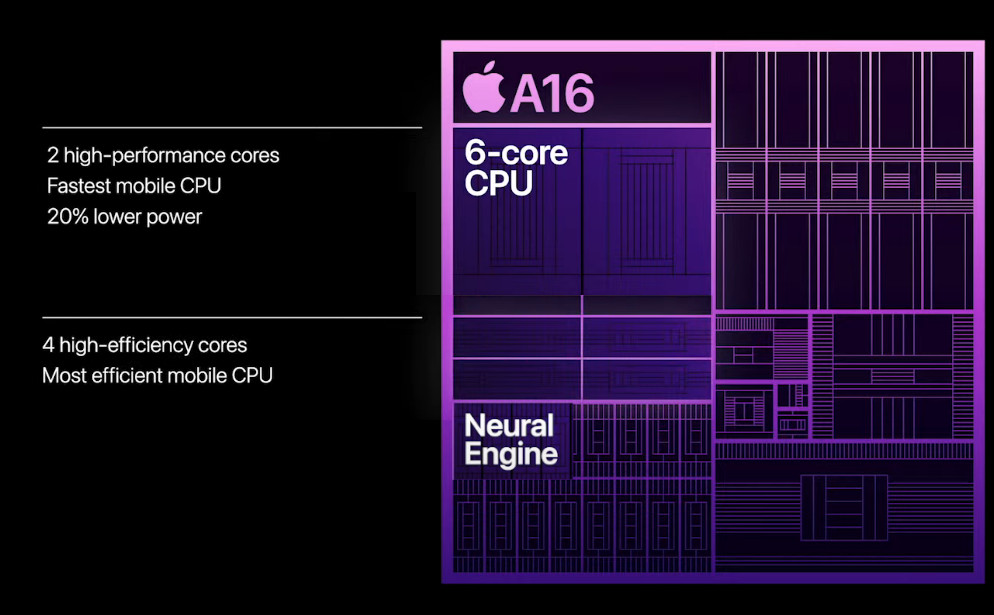
- A16 Bionic chip.
- New display engine and image signal processor.
- More power efficiency.
- ~ 10 hour battery life.
The Battery Kind Of Sucks
I’ve noticed a significant hit on battery life, but it’s nothing too egregious. You can expect just over 10 hours from a full charge, which pales in comparison to some other brands and even falls behind the iPhone 13 Pro. Why? The battery size hasn’t changed all that much. Apple never releases details on the actual size of the battery, but there are some leakers out there who have dug up the information.
Theoretically, the A16 Bionic chipset should have been able to milk more battery life out of the same size battery, yet it’s evidently doing too much with all the new software features added. Especially since the Pro models are built around iOS 16. Consider that a disappointment, and if you want better battery life then you should be climbing up the price range to the iPhone 14 Pro Max. Apple’s most expensive phone to date will get you around two hours more battery life – hardly worth the upgrade alone.
The A16 Bionic Chip Is A Beast, When It Wants To Be
The iPhone 14 Pro is noticeably faster with the new A16 Bionic Chip handling the brunt of operations and keeping everything nice and tight. The integrated graphics engine has the same five cores as the before but benefits from higher memory bandwidth to do the heavy-lifting and handle ProMotion much better, as well as the Dynamic Island animations through anti-aliasing.
I’m obviously not going to go in with all the nerdy nitty gritty about the chipset, but just now that it’s ridiculously powerful. Yeah, it misses the mark with overall power efficiency, but with everything Apple is demanding from the new chip, I think the Pro models’ new brains have done a fine job.
The Apple Silicon A16 Bionic Chip also makes Apple Watch connectivity that much better, with a seamless experience aligning well with the new Apple Ultra Watch or Apple Watch Series 8.
The main improvements from the A16 Bionic Chip can be seen in the cameras. Which I’ll get to below. Image Signal Processing and Apple’s new Photonic Engine (a computational photography model) help improve mid- and low-light photos by leaning heavier on Apple’s Deep Fusion technology and starting the editing process earlier to grab more detail from the pixels before the frames are compressed. Dynamic range is clearly enhanced and low-light performance is improved.
That’s how it works in theory, anyway. The results are impressive, but not overly so. I’ll mention this more below.
iPhone 14 Pro Cameras

- Impressive 48MP primary lens leading the camera setup.
- Faster Face ID with front lens having auto-focus and TrueDepth camera features.
- ProRAW mode can shoot large 48MP photos to give you more options while editing.
- Four zoom options with an improved telephoto camera (0.5x, 1x, 2x, 3x).
- Smooth edges with Ultra wide camera.
- Action Mode actually works, but it can’t replace a GoPro or gimbal.
- Video is as smooth as it’s ever been.
Here is the full spec sheet for the rear cameras on the iPhone 14 Pro and iPhone 14 Pro Max (it would be pointless to do a separate iPhone Pro Max review – but I’ve compared the main differences below):
- 48MP Main: 24 mm, ƒ/1.78 aperture, second-generation sensor-shift optical image stabilisation, seven‑element lens, 100% Focus Pixels
- 12MP Ultra Wide: 13 mm, ƒ/2.2 aperture and 120° field of view, six‑element lens, 100% Focus Pixels
- 12MP 2x Telephoto (enabled by quad-pixel sensor): 48 mm, ƒ/1.78 aperture, second-generation sensor-shift optical image stabilisation, seven‑element lens, 100% Focus Pixels
- 12MP 3x Telephoto: 77 mm, ƒ/2.8 aperture, optical image stabilisation, six-element lens
- 3x optical zoom in, 2x optical zoom out; 6x optical zoom range; digital zoom up to 15x
A Notable Improvement From The iPhone 13 Pro
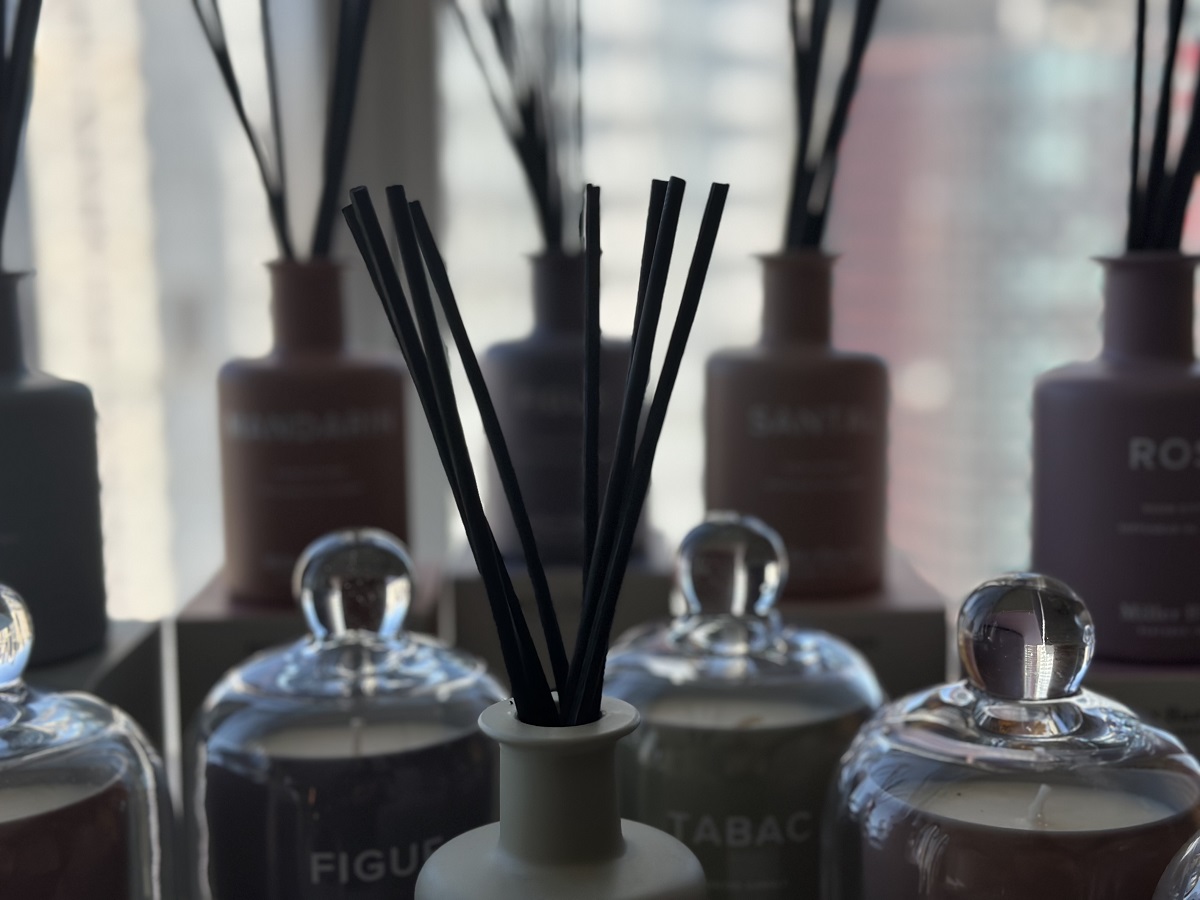
Despite the impressive spec sheet and an initial honeymoon period, I started to feel a bit disappointed with the iPhone 13 Pro’s cameras. This was all the more apparent when I started shooting with a Google Pixel 6 Pro, where the results in a standard image evidently captured more light, had better tone mapping and, well, Google’s portrait mode is still legendary.
Apple promises almost double the performance in low-light situations when compared to the iPhone 13 Pro, and more or less the company has hit the nail on the head here. But they’ve hit it a bit too hard as well. You can see the camera system can catch plenty more light and really open up the shadowy parts of photos to allow more detail to crawl in. But overexposure is an issue as well, and it’s something you should note when you’re going to edit photos in a third-party app like Lightroom. This helps with Night Mode, of course, but can be noticeably garish in day light.
That being said, the results are impressive and this is easily the best camera system Apple has produced to date. Is it the best out there? For an iOS device sure, but high megapixel cameras that use pixel-binning technology effectively has been around in Android phones from the likes of Samsung and Google before. This is Apple finally catching up.
Everything is a bit wider and more competent when dealing with low light and capturing more detail. Macro shots are now much brighter and more satisfying, anything taken with the telephoto lens retains an impressive amount of detail even when the photos are off that XDR display and onto something less glossy. Ultra-wide benefits greatly from post-production, with the processor smoothening out the edges so they no longer look overly stretched. It’s just a better overall experience.

Thoughts On ProRAW
As above, Apple has led with a new 48MP sensor on the iPhone 14 Pro and iPhone 14 Pro Max. Always-On display and Dynamic Island are nice decorative changes and effective lures for anyone thinking of getting a Pro instead of the iPhone 14 or new iPhone 14 Plus. But the 48MP is the real star of the show when it comes to the Pro models, and its introduction completely changes the way the camera system works.
Now Apple has introduced a ProRAW mode to maximise the 48MP camera. You can toggle it on easily to shoot (very large) 48-megapixel photos without binning down to 12 megapixels. This gives editors plenty more options to play around with, offering more control over the final result without having to rely on an overzealous processor that can sometimes turn up the brightness a bit too much and oversaturate colours.
Video Is Much Smoother
Video playback and recording video are incredible on the iPhone 14 Pro. There are now plenty of more options, including the stabilising Action Mode, and you’re able to shoot ProRes with more control over frame rates. Apple has done plenty of heavy lifting to make the camera system more flexible for content creators, which makes sense given the rise of amateur videographers using in-app editing tools from the likes of Instagram and Chinese-owned social media platform TikTok.
I haven’t had as many interesting subjects to take videos of over the past weekend, so I’m yet to see what the iPhone 14 Pro is truly capable of when it comes to travel vlogs and whatnot.
iPhone 14 Pro Crash Detection
I’d be remiss if I didn’t mention crash detection. Obviously this isn’t a feature I want to test, given it only kicks in your iPhone detects that you’ve been in a severe car crash. Apple has numerous senses stuffed into all four iPhone 14 models. In addition to Face ID, a LiDAR Scanner, dual ambient light sensors and a proximity sensor, you’ve got a barometer, high-g accelerometer and a high dynamic range gryoscope.
The last four are used by the iPhone 14 to estimate when you’ve been in a severe car crash. The iPhone (and Apple Watch Series 8, Apple Watch Ultra or Apple Watch SE) will attempt to get you to respond, but if you’re not then your phone will automatically dial emergency services and use satellite to bring help to your exact location.
It’s clear health technology is a big ambition for Apple. The company has been finding new ways to help bring the Apple Watch and the iPhone closer to provide a holistic, proactive ecosystem users can lean on to impact their health in meaningful, productive ways. Being both proactive and reactive is something the tech world needs, so crash detection is a great move from Apple that I’d like to see more companies implement in the future.
iPhone 14 Review – The Verdict
Are Dynamic Island, Always-On and a 48MP primary shooter enough to justify an upgrade to Apple iPhone 14 Pro?
That’s entirely dependent on what you’re budget is, to be honest. This phone is not cheap, and I don’t think it does enough to warrant an upgrade from an iPhone 13 Pro or even an iPhone 12 Pro. The battery lets it down quite a lot, which puts a big dent in value for content creators.
And that’s not ideal. Since iPhone 14 Pro is exactly the type of phone that would be perfect for content creators or “power users” concerned with more battery-hungry functions like streaming 4K video, recording 4K video and hitting up the Apple Store for high-performance games.
While last year’s iPhone 13 lineup made it clear that Apple actually cares about offering value, the 14 series feels mostly like an iterative upgrade with some cool new decorative features and ideas. The design is faultless. The camera system is mostly excellent (if not slightly aggressive). Everything else – great but not enough to justify a tiny upgrade if you’re already using the Pro model from the previous two generations.
Of course, that’s not going to stop people from tripping over themselves to own the latest iPhone. In this case, going for the regular iPhone 14 might make more sense. The 256GB iPhone 14 starts at $1,899 while the 256GB Pro starts at $2,599. That’s a big leap where the advantages of the Pro aren’t worth the $700 difference.
If money is really no issue. The iPhone 14 Pro is an excellent phone and is now one of the best out there, right alongside with the Google Pixel 6 Pro and the Samsung Galaxy S22 Ultra. Is it the top of that trio? If you can forgive the battery, then yes. Apple is doing something meaningful here and trying to push the market forward. While there are definitely some issues that can be addressed with next year’s iPhone 15 series, by and large Apple has done a fantastic job here offering what is (almost) the best phone they can right now.
iPhone 14 Pro VS iPhone 14 Pro Max: Main Differences
Honestly, just a bigger battery (so you’ll squeeze out about two hours more juice) and a bigger screen. If you don’t need the Pro Max then you really don’t need it. The Pro has a 6.1-inch display, which is the perfect size, and the Pro Max has a 6.7-inch screen. Let your hands do the deciding.
iPhone 14 Review – Frequently Asked Questions
How much does the iPhone 14 Pro cost in Australia?
If you want an iPhone 14 Pro in Australia then you’re looking at a price tag starting at $1,749 for the 128GB model. If you want a 1TB iPhone 14 Pro then expect to pay $2,599.
What's the difference between the iPhone 14 and iPhone 14 Pro?
The regular iPhone 14 doesn’t benefit from a 48MP primary sensor as the Pro does. Nor does it have Dynamic Island or an Always-On display. You’re also “stuck with” the A15 Bionic chipset rather than Apple’s new A16 Bionic chipset.
Is the iPhone 14 Pro worth buying?
The iPhone 14 Pro is an excellent phone with a few issues. Battery life is less than ideal but the design is impeccable and the camera system is the best Apple has ever made.
